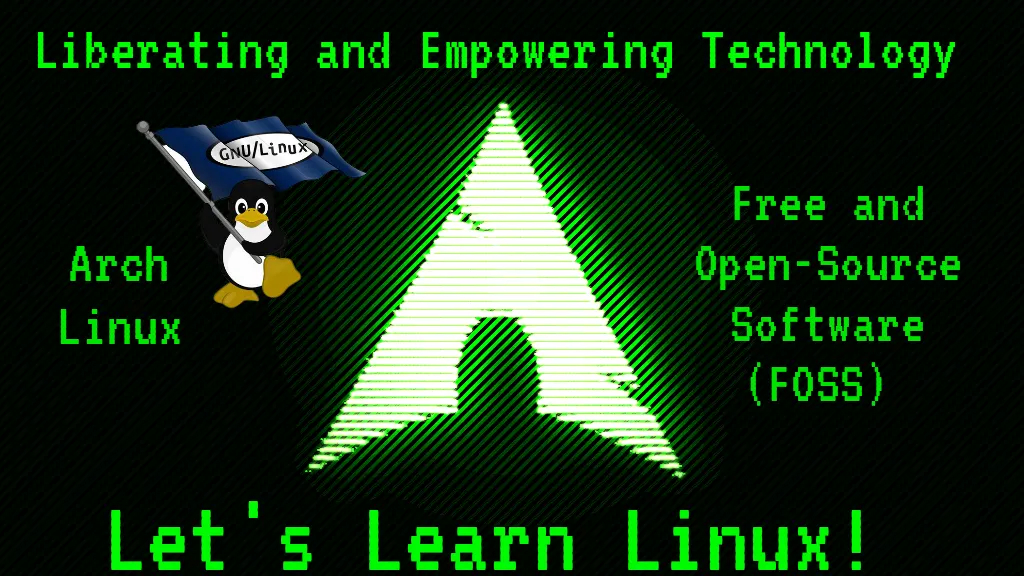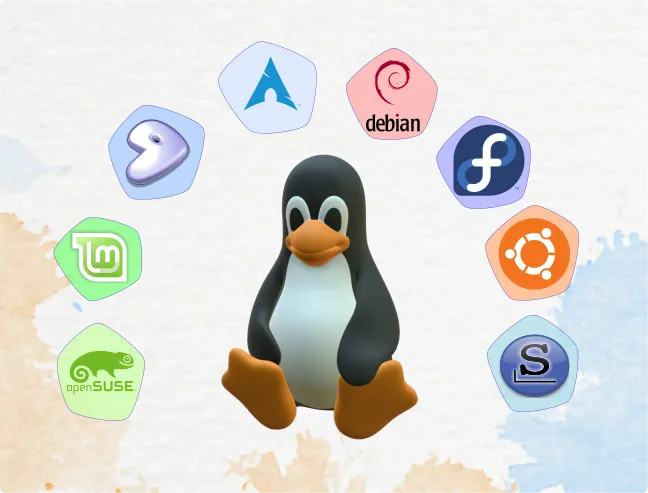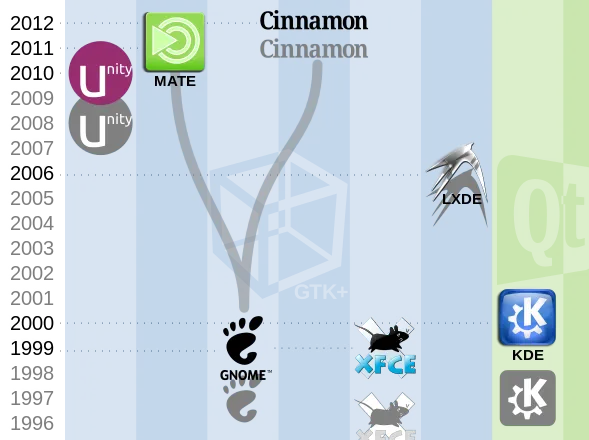



Warm greetings fellow Linux-and-FOSS lovers! 😁🙏💚✨🤙
One of the very notable differences between Linux, in its innumerable different distributions, and corporate-owned and developed operating systems like Windows and MacOS, is that Linux very clearly and directly gives the power and freedom of choice back to the people. Whereas with Windows and MacOS you are required to adapt to how a corporation wants you to use their operating system, with very little ability to modify it in any basic way, Linux is the complete opposite, offering a mind-blowing degree of choices around every single aspect of its form, function, and the software installed.


The very first choice that one has regarding Linux is which one (or two, three, four...) of the many hundreds of different distributions that one would like to run. There is a Linux distribution for every taste, preference, and proclivity that one could have! There are very user-friendly distros, great for those coming from Windows or MacOS, and there are distros that are inherently far more hands-on and do-it-yourself, with everything in between. Some, like Arch Linux, offer a great balance between the two, being both very do-it-yourself, with just the right degree of automation.

The next big choice that one would have is the GUI, or Graphical User Interface, which would translate to which Desktop Environment (DE) and/or Window Manager (WM) one would like to use. The super cool thing about Linux is it doesn't really have to be one over the other, as multiple desktop environments and window managers can be installed at the same time, allowing one to go back and forth at will. Some desktop environments are very minimalistic, like XFCE, while others, like KDE Plasma offer everything, including the kitchen sink, with a huge degree of customization possible. There are many more from which to choose as well, each with their own unique flavor. Some desktop environments have their own array of applications, like KDE Plasma and Gnome, while others are application agnostic.


The next notable choice on the list would be the particular applications that one would like to use, and the list is extensive. The number of available applications does vary quite a lot between different distros, however, along with how up-to-date they are. Distros like Debian have massive arrays of software available. Arch has many different ways to install applications: binaries (pre-built packages) from the official repositories and community repositories, build-from-source applications via PKGBUILD files in the AUR (Arch User Repository) and ABS (Arch Build System), and even installing applications from other distros using applications such as debtap (for .deb install files from Debian-based distros).

Even which filesystem to use is up to decision in Linux, each with their own unique benefits. Linux, unlike Windows or MacOS, can be easily be configured to read and write many different filesystems, including those of the above two just mentioned.

Linux, again, unlike Windows or MacOS, plays well with other operating systems, so that it is easy to dual-boot, or multi-boot, allowing one to choose which OS to boot from a configurable boot menu. In everything, Linux gives you the choice, and doesn't make it for you.

OK my dear Hive family, that bring me to the end of this installment of Let's Learn Linux! I hope that you found it interesting, engaging, and perhaps even inspiring! I hope that you're enjoying these posts as much as I enjoy writing them! Until next week! 😁 🙏 💚 ✨ 🤙

All images were taken with my Motorola G Power Android Phone or are screen shots from my laptop.

Thank you all so much who have helped me get to where I am today, and allowing me to share more of the beauty and magic from my life and my world with you, and for your continuous appreciation and support! I am truly deeply grateful! 😁🙏💚✨🤙

If you'd like to find me on other alternative platforms where I have accounts (I spend most of my time here on Hive), click on this signature image below to go to my LinkTree page.
If you'd like to send me a BTC Lighting Tip (made possible by the fantastic work of brianoflondon on @v4vapp), just scan the QR image below. 👇

Sources
Signature image created by @doze, and the dividers made by @thepeakstudio, with all tweaked to their present form by me.
Banner image created by me using Polish, with the Arch Linux logo converted into ASCII art, and Tux the Linux Peguin created by Larry Ewing.



